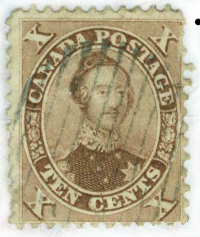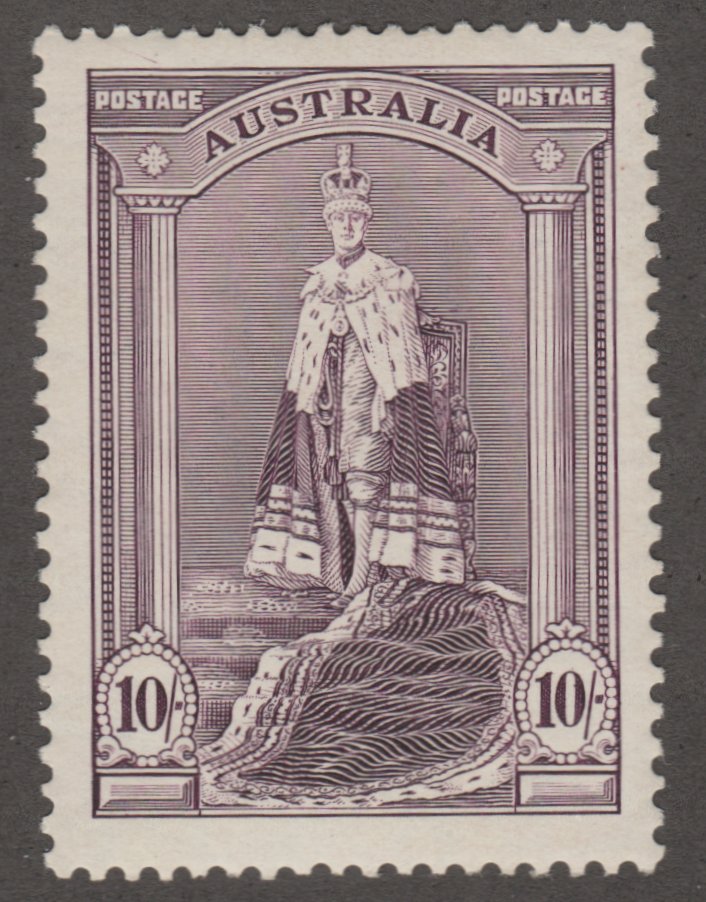
Discussion - Member to Member Sales - Research Center

Discussion - Member to Member Sales - Research Center

Meters came about as an easier way to indicate postage paid that simply sticking stamps on envelopes. Even stamp affixing machines were not that efficient as the amount of mail increased dramatically in the late 19th and 20th centuries.
Here is what defines a meter:
It must indicate a value of postage paid
It will show a meter number.
A meter may also have a Town Mark (often a circle) in which the town and state where the mail originated.
It may also show a date the meter was applied.
It may list a permit number. This is the permit the owner of the meter has from the post office to print meters on covers.
Method 1: Single Fixed Value
This example has a Group C meter. We see a single-piece of metal which was engraved to show a value of five cents. In this case it is paying the treaty rate to Germany. As the die could not be altered this meter could only be used for mail which required five cents of postage.

This particular cover was mailed on a steamer bound for Germany.
Method 2: Multiple Fixed Value
This example has a Group D meter. In this case multiple dies were used in sequence to total up to the needed postage. This postage likely paid for a large (8x10'), heavy envelope. Notice the left most die is three cents, which is the first class rate. The next is ten cents, which would be the cost for registration. Then two twenty-five cent dies paid for additional size, weight or other services. I have seen chains of multiple dies up to 6 long. More dies offers the ability to use one meter machine to pay for various amounts of postage.

Method 3: Limited Value
In this instance the indicia (or design) of the meter is fixed, but the number values are impressed on smaller pieces of metal and inserted into the indicia. Thus multiple postage values could be had with a single meter machine. This is also a Grup D in which the numerals could be removed and replaced with other numerals. In this example, the 6 cent postage likely paid for a double-weight envelope or for airmail service.

Method 4: Multi Value
Multi value meters are one in which the digits of the postal value are placed in the machine in a wheel format with up to 4 wheels to denote the postage cost. One could simply dial up the value of postage, and then imprint it on an envelope. This is a cover sent for the United States Air Force, Strategic Air Command with a lovely slogan. Starting in the 1920's, companies and organizations who owned a meter machine could add a an additional area to the meter impression to advertise their company. In this case, the US Air Force advertised themselves.
This particular meter design had three wheels. The third wheel is there the colon ":" is. This could be move to indicate a fraction of a cent. This is a Group I meter.

Method 5: Digital (printed)
This Group N meter does not show the town of issue, but does indicate the Zip code of issue, the date of issue, a meter number (the long alphanumeric text line at the top). Digital meters have been printed using thermal, dot matrix, inkjet and laser printing methods, among others perhaps. This Group N meter can be used to pay up to $99.999 in postage. In case you were wondering, the word Neopost is the brand name of this type of meter machine.

If you want to know more about the various groups (and catalog numbers) of US postage mater stamps I invite you to peruse the International Postage Meter Stamp Catalog or the webpage of the Meter Stamp Society.
While I have posted images only of US meters, all other meters of the world (that I am aware of) fall under these same value types.
Of course I will also be happy to answer any questions about postage meters.

1 Member
likes this post.
Login to Like.
Thanks for taking the time to post this information. I have always wondered about the different meter types but never investigated them as I have enough stamps to keep me busy. This is interesting - I think I have a box of these somewhere.... Have to go looking....

Login to Like
this post
Yes, thanks for posting this.
I was always fond of the stampy-looking meters of the 1930s.
Cheers,
/s/ ikeyPikey

Login to Like
this post

From the earliest meter in the late 19th century to the ones in use today, there were a variety of different ways to indicate the value of postage paid for that meter.
Meters came about as an easier way to indicate postage paid that simply sticking stamps on envelopes. Even stamp affixing machines were not that efficient as the amount of mail increased dramatically in the late 19th and 20th centuries.
Here is what defines a meter:
It must indicate a value of postage paid
It will show a meter number.
A meter may also have a Town Mark (often a circle) in which the town and state where the mail originated.
It may also show a date the meter was applied.
It may list a permit number. This is the permit the owner of the meter has from the post office to print meters on covers.
Method 1: Single Fixed Value
This example has a Group C meter. We see a single-piece of metal which was engraved to show a value of five cents. In this case it is paying the treaty rate to Germany. As the die could not be altered this meter could only be used for mail which required five cents of postage.

This particular cover was mailed on a steamer bound for Germany.
Method 2: Multiple Fixed Value
This example has a Group D meter. In this case multiple dies were used in sequence to total up to the needed postage. This postage likely paid for a large (8x10'), heavy envelope. Notice the left most die is three cents, which is the first class rate. The next is ten cents, which would be the cost for registration. Then two twenty-five cent dies paid for additional size, weight or other services. I have seen chains of multiple dies up to 6 long. More dies offers the ability to use one meter machine to pay for various amounts of postage.

Method 3: Limited Value
In this instance the indicia (or design) of the meter is fixed, but the number values are impressed on smaller pieces of metal and inserted into the indicia. Thus multiple postage values could be had with a single meter machine. This is also a Grup D in which the numerals could be removed and replaced with other numerals. In this example, the 6 cent postage likely paid for a double-weight envelope or for airmail service.

Method 4: Multi Value
Multi value meters are one in which the digits of the postal value are placed in the machine in a wheel format with up to 4 wheels to denote the postage cost. One could simply dial up the value of postage, and then imprint it on an envelope. This is a cover sent for the United States Air Force, Strategic Air Command with a lovely slogan. Starting in the 1920's, companies and organizations who owned a meter machine could add a an additional area to the meter impression to advertise their company. In this case, the US Air Force advertised themselves.
This particular meter design had three wheels. The third wheel is there the colon ":" is. This could be move to indicate a fraction of a cent. This is a Group I meter.

Method 5: Digital (printed)
This Group N meter does not show the town of issue, but does indicate the Zip code of issue, the date of issue, a meter number (the long alphanumeric text line at the top). Digital meters have been printed using thermal, dot matrix, inkjet and laser printing methods, among others perhaps. This Group N meter can be used to pay up to $99.999 in postage. In case you were wondering, the word Neopost is the brand name of this type of meter machine.

If you want to know more about the various groups (and catalog numbers) of US postage mater stamps I invite you to peruse the International Postage Meter Stamp Catalog or the webpage of the Meter Stamp Society.
While I have posted images only of US meters, all other meters of the world (that I am aware of) fall under these same value types.
Of course I will also be happy to answer any questions about postage meters.

1 Member
likes this post.
Login to Like.

re: The Methods for Indicating Value in US (and worldwide) Postage Meters
Thanks for taking the time to post this information. I have always wondered about the different meter types but never investigated them as I have enough stamps to keep me busy. This is interesting - I think I have a box of these somewhere.... Have to go looking....

Login to Like
this post

re: The Methods for Indicating Value in US (and worldwide) Postage Meters
Yes, thanks for posting this.
I was always fond of the stampy-looking meters of the 1930s.
Cheers,
/s/ ikeyPikey

Login to Like
this post

